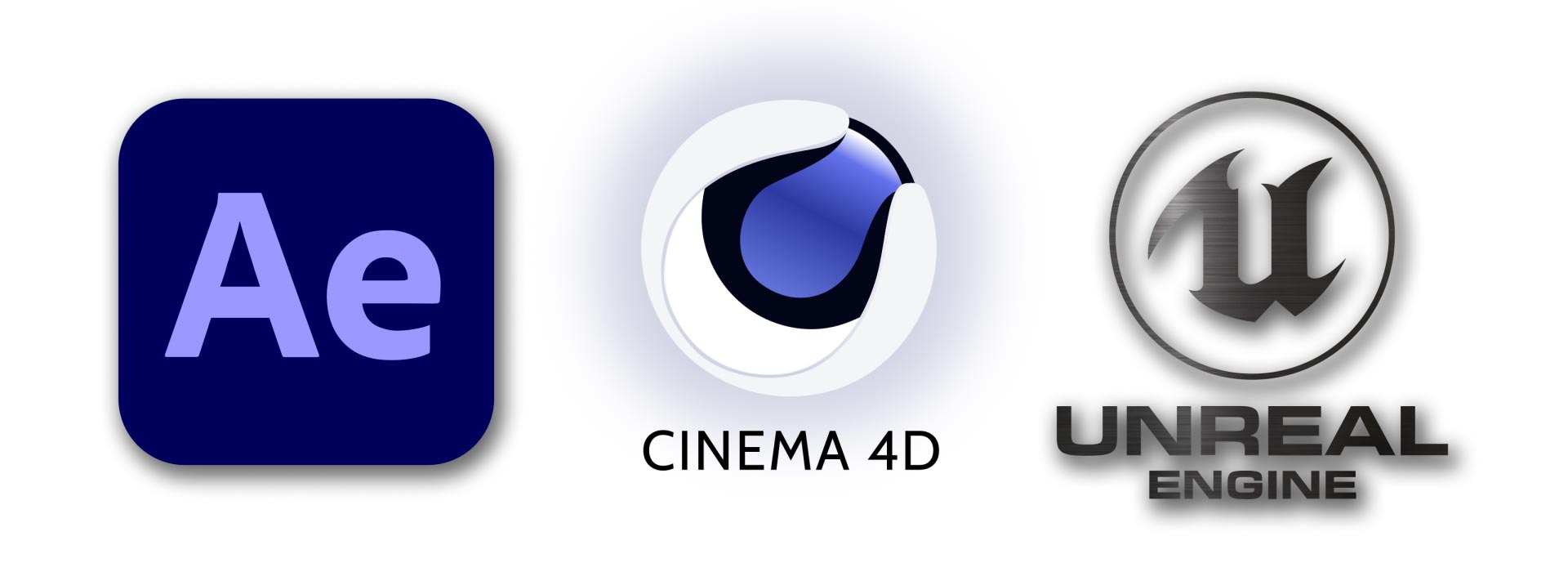











Chevrolet Camaro commercial Case Study
Why did I embark on this case study journey?
Delving into the software and its functionalities, I unearthed a multitude of possibilities that extended far beyond the realm of gaming. The versatility of Unreal Engine, it turns out, extends to realms such as product visualization, architectural visualization, virtual production, and more. Its robust capabilities in rendering photorealistic environments and immersive experiences have garnered attention across diverse industries, positioning it as a powerful tool for creative expression and innovation.
Let's Talk Tech: The Evolution of 3D Animation with Unreal Engine
In the fast-paced world of technology, the rapid advancement of video cards has revolutionized 3D animation, making it an essential tool for captivating user engagement. Enter Unreal Engine by Epic Games—a true game-changer in the creative 3D workflow. This cutting-edge software leverages the power of high-end video graphics cards to drastically reduce rendering times, eliminating the need for cumbersome render farms when producing short digital videos (15-60 seconds). Say goodbye to time-consuming processes and embrace unparalleled flexibility, empowering creators to explore boundless creative possibilities and collaborate seamlessly with team members.

The purpose of this case study.
Unlike traditional static advertising, motion design allows for flexibility and iteration. Changes can be made relatively quickly and cost-effectively, enabling you to experiment with different ideas, formats, and messages to optimize campaign performance. There has been a significant demand for using 3D product animations to increase customer awareness, brand recognition, and product education. This trend is driven by several factors:
- Enhanced Customer Engagement: 3D animations are more interactive and visually appealing, capturing customers’ attention more effectively than traditional 2D images or text. customer awareness, brand recognition, and product education.
- Improved Product Understanding: 3D animations can demonstrate the functionality, features, and benefits of a product in a more comprehensive and detailed manner, helping customers understand the product better.
- Increased Conversion Rates: Engaging and informative 3D animations can lead to higher conversion rates by providing potential customers with a clearer and more convincing presentation of the product.
- Cost-Effective Prototyping: Companies can use 3D animations to showcase prototypes and concepts without the need for physical models, saving on production costs and time.
- Customization and Personalization: 3D animations allow for customization, enabling customers to visualize products in different colors, sizes, or configurations, enhancing the shopping experience.
- Enhanced Brand Image: High-quality 3D animations can elevate a brand’s image, making it appear more innovative and technologically advanced.
- Compatibility with Modern Platforms: 3D animations are well-suited for various digital platforms, including websites, social media, and mobile apps, aligning with the increasing digital consumption of media.
- Better Storytelling: 3D animations provide a dynamic way to tell a brand’s story, creating a more immersive experience that can resonate more deeply with customers.
- Analytics and Insights: Digital platforms often offer detailed analytics on how users interact with 3D content, providing valuable insights into customer preferences and behavior.
The Creative Process Breakdown
Why I Chose the Chevrolet Camaro ZL1 for My 3D Animation Case Study
Selecting the right subject for a 3D animation project is crucial, and the Chevrolet Z1 Camaro presented itself as an ideal choice for my latest case study. The inspiration struck during a routine drive on the highway. A Camaro ZL1 roared past me, even as I was cruising at 75 mph. The powerful presence and dynamic design of the vehicle left a lasting impression. I managed to catch a glimpse of the Chevrolet logo beneath the rear spoiler as the car’s speed and force caused my Toyota Highlander to shake.

Software Used

Versatility, Optional Deliverable Assets for Distribution
Each popular social media platform offers a range of features, such as Instagram’s Reels, Posts, and Stories, each with its own unique pixel resolution. Creating ads using %100 2D/3D formats is a cost-effective solution for producing content tailored to these varied specifications. This approach eliminates the need for cumbersome and expensive camera equipment to film in the specific dimensions required by platforms like Instagram, YouTube, or LinkedIn. By leveraging 2D/3D design, brands can efficiently create versatile video formats that meet the demands of different social media features, ensuring high-quality, platform-specific content without the additional expense.
One of the key advantages of utilizing 2D/3D assets in product design is their remarkable adaptability to various formats and sizes required by different social media platforms and digital channels. This flexibility ensures that the visual quality and core message of the content remain consistent, regardless of where it is displayed. Once these assets are created, they can be effortlessly reused and repurposed across multiple campaigns and platforms. This scalability allows brands to maintain a high level of quality across numerous touchpoints, effectively engaging audiences without incurring additional costs. By leveraging 2D/3D design, companies can achieve a cohesive and efficient marketing strategy that is both cost-effective and visually compelling.
Why not just use live action car shoot?
Back to the top

© Inertiart Studio 2025

